More farms might begin cropping up around South Los Angeles thanks to a proposed bill by the Los Angeles City Council.
Council members Curren Price and Felipe Fuentes recently introduced a motion to provide a property tax adjustment for private landowners who convert their vacant plots into “urban farms,” which the city council defines as commercial ventures that sell food.
The authors of the bill, entitled the Urban Agriculture Incentive Zones Act, said they see the property tax adjustment as a way to encourage landowners who are not using their property. Parcels of land between 0.10 and 3 acres in size would be eligible for the tax breaks.
The Los Angeles Food Policy Council, which has supported previous green initiatives taking place in South L.A., estimates 8,600 parcels in the city could be eligible. To get the tax adjustment, the land must be used for agriculture and educational purposes.
See also: Green alleys to take root in South LA









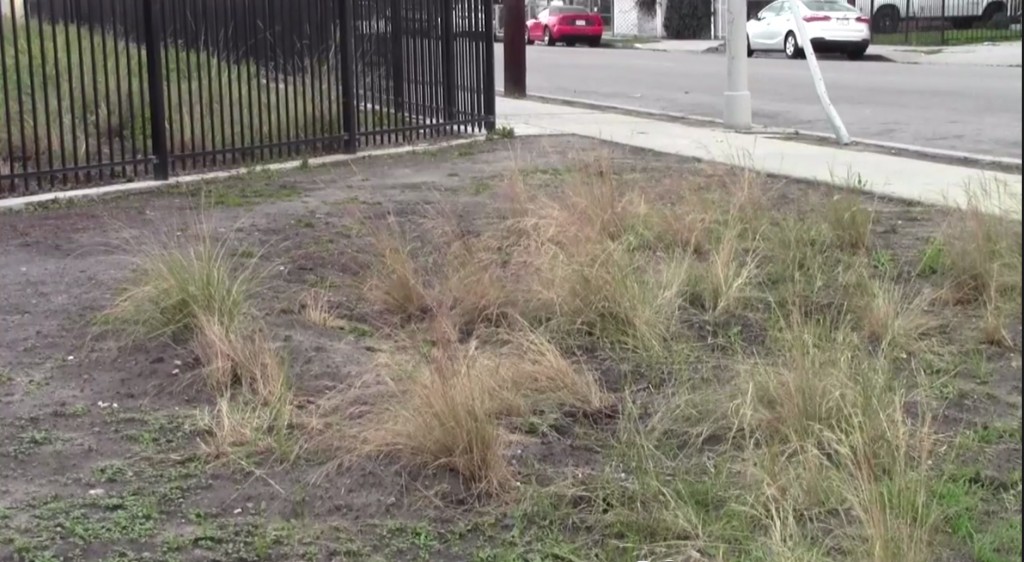
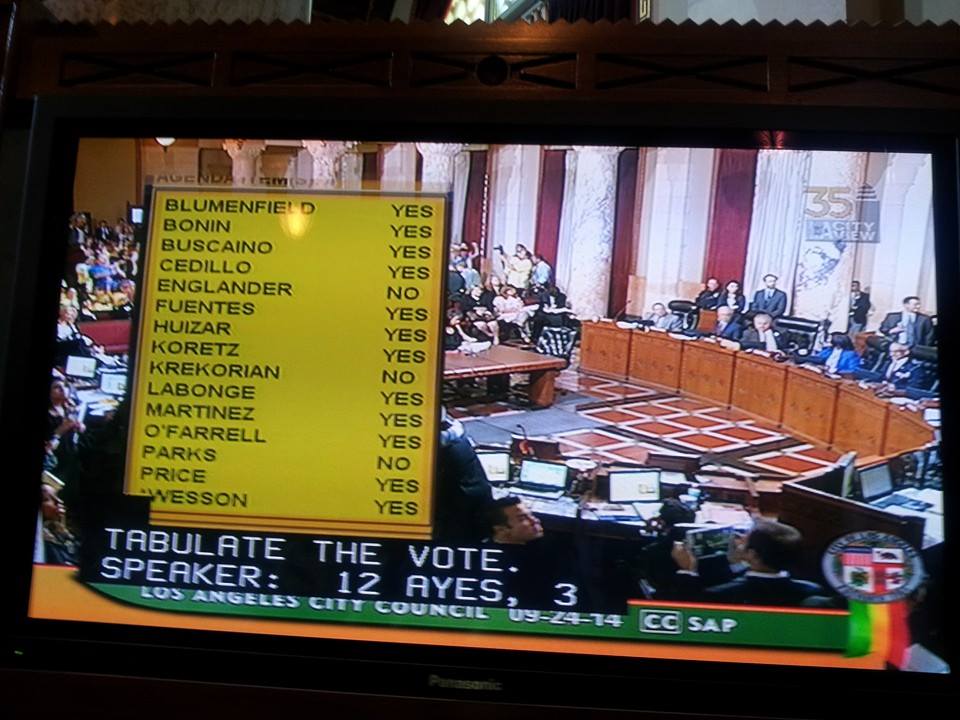
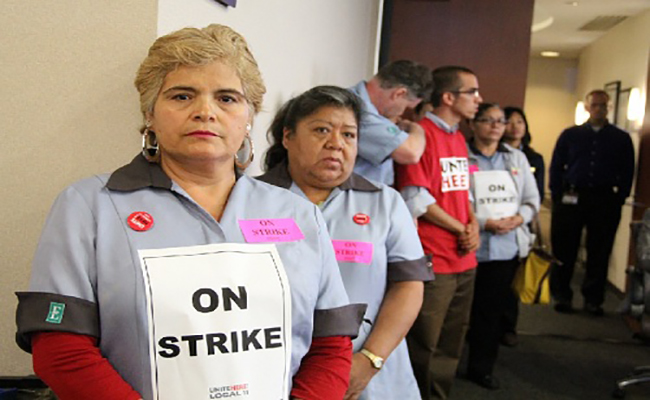

 Attorney Leo Terrell filed a lawsuit in federal court on behalf of residents in the 8th, 9th and 10th Council Districts, alleging that city officials used race as the basis for redrawing boundary lines for those districts.
Attorney Leo Terrell filed a lawsuit in federal court on behalf of residents in the 8th, 9th and 10th Council Districts, alleging that city officials used race as the basis for redrawing boundary lines for those districts.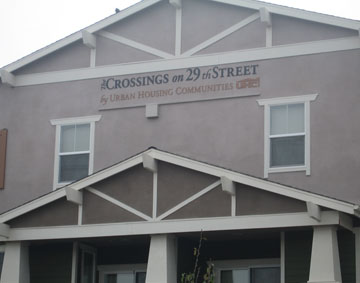 Unless alternative funding can be found, the next phase of the Crossings at 29th street, an affordable housing project in district 9 will come to a halt.
Unless alternative funding can be found, the next phase of the Crossings at 29th street, an affordable housing project in district 9 will come to a halt.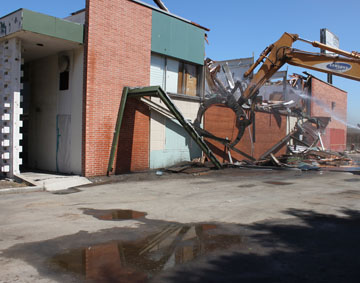 Marlton Square, in district 8, was in redevelopment limbo for 20 years. Demolition finally started in 2011, but now its future is uncertain.
Marlton Square, in district 8, was in redevelopment limbo for 20 years. Demolition finally started in 2011, but now its future is uncertain.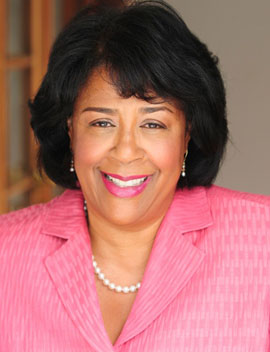 Councilwoman Jan Perry is scheduled to testify at the first public hearing of the City’s Redistricting Commission in District 9, which will be held tomorrow from 11 am to 2 pm at the Santee Educational Complex. The school is located at 1921 South Maple Avenue 90011.
Councilwoman Jan Perry is scheduled to testify at the first public hearing of the City’s Redistricting Commission in District 9, which will be held tomorrow from 11 am to 2 pm at the Santee Educational Complex. The school is located at 1921 South Maple Avenue 90011.





